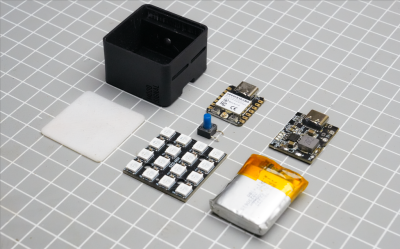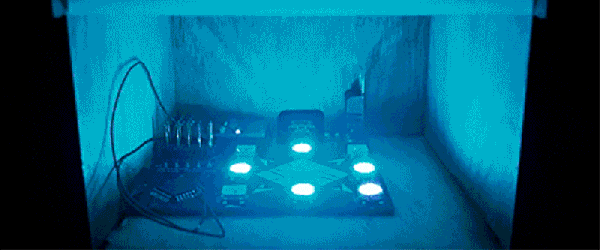Working from home can be pretty cool, but if you’re not the only one in the house trying to do it, the whole situation can feel like you’re right back in the office with all those walking, talking distractions. Except they’re in pajamas instead of business casual.
 So, what’s the answer? Many times it’s not practical to stop what you’re doing, especially just to communicate that you’re busy. We suppose you could glare at them, put up your hand, or even give a dismissive wave, but a better solution might be this mood signal built by [gokux].
So, what’s the answer? Many times it’s not practical to stop what you’re doing, especially just to communicate that you’re busy. We suppose you could glare at them, put up your hand, or even give a dismissive wave, but a better solution might be this mood signal built by [gokux].
Through a simple web app, you can be red to indicate that you’re super busy, yellow to mean busy-ish, and green for let’s gossip about the cats.
This mood indicator is built on the Seeed Xiao ESP32-C3 and shows the given mood indicator on a small matrix of sixteen WS2812B LEDs. It’s powered by a 600 mAh, 3.7 V battery and a small push button switch. As usual, [gokux] has grade-A instructions for building your own version of this slick solution.
Would you like something more tactile and low-tech? Check out our own [Bob Baddeley]’s free/busy indicator from the lockdown days.











